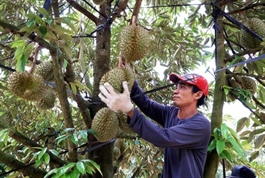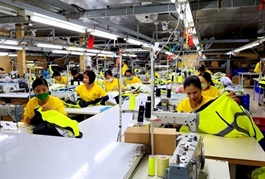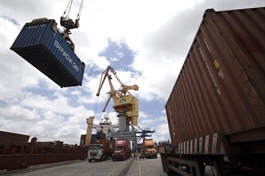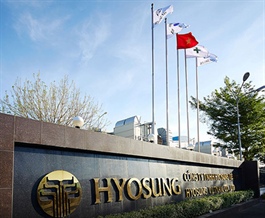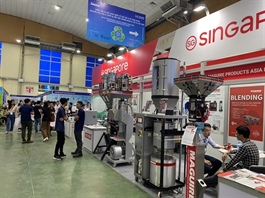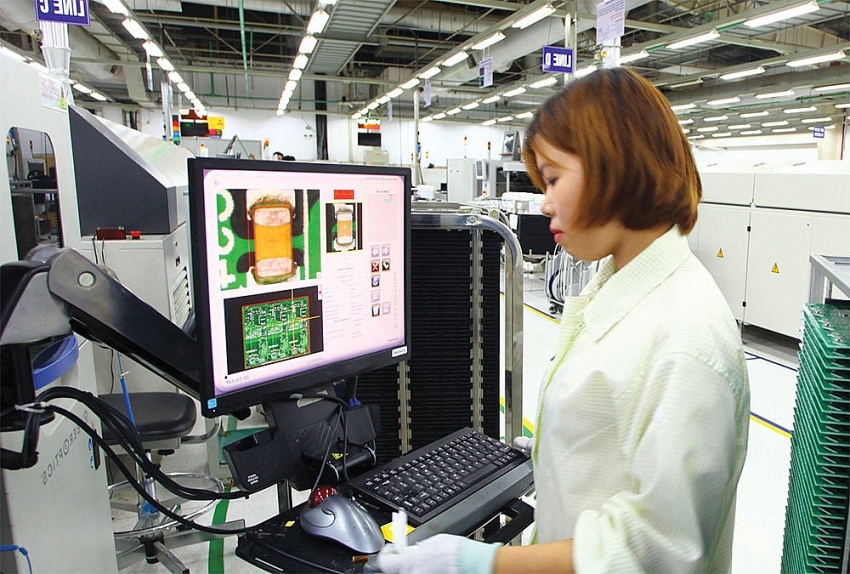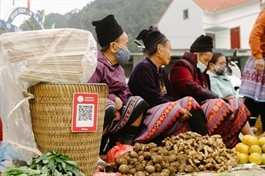Fragmented system hinders agri-exports
Fragmented system hinders agri-exports
Vietnam’s exported agricultural products are struggling to compete with other countries due to high logistics costs and dependence on foreign carriers.
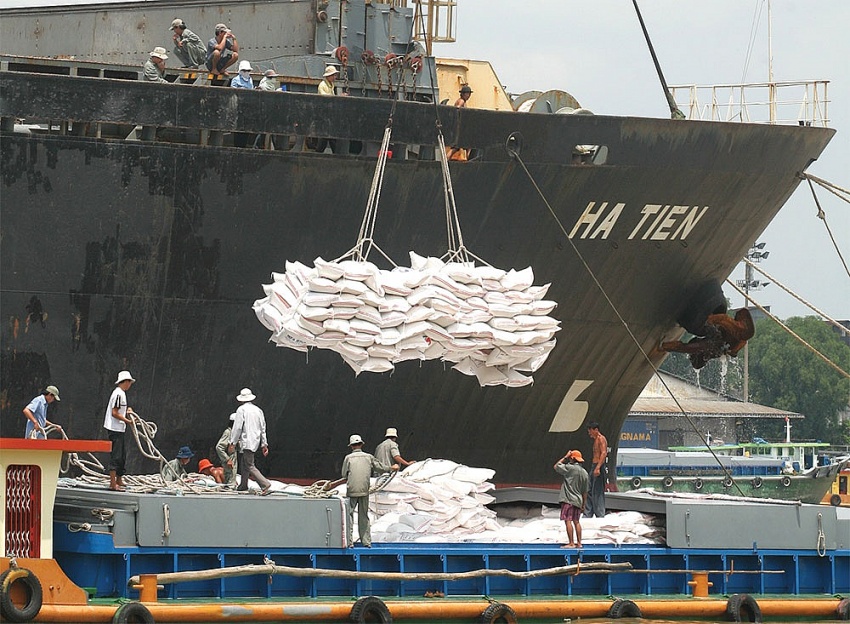
Nguyen Dinh Tung, CEO of fruit enterprise T&T Vina, said that agricultural product exporters are dependent on foreign airlines, and shipping costs are dependent on them. Fruit transported by rail, road, and waterway are easily damaged, reducing competitiveness.
“Logistics costs of agricultural products in Vietnam are too expensive, accounting for 20-25 per cent of the goods’ value, while this rate in Thailand is 12 per cent, and an average of 14 per cent globally,” Tung said.
“Agricultural products of other countries may not be better than Vietnam in quality, but they are better in price. Our logistics costs are much higher than other markets, so it is too difficult to compete,” he added.
Nguyen Nam Phuong Thao, business manager of dragon fruit exporter Hoang Phat Fruit in the Mekong Delta province of Long An, said freight fees have already decreased so the output of fruit exported to other markets has increased substantially. However, the cost of moving products to other countries is still high because of a rise in costs of seaport services, loading, unloading, and storage.
“The fees are high but the shipping time is too long. For example, it takes 30 days to ship dragon fruit from Ho Chi Minh City to Europe by sea, while the storage time of dragon fruit is only 35 days, so the product only has days left on the shelves. Therefore, sometimes our fruits change colour and reduce in quality due to the sudden increase in temperature during transportation,” Thao said.
Nguyen Tu Uyen, director of CMU Logistics Transportation Services, admitted that Vietnamese agricultural products are good enough but faced many disadvantages to exporting. Compared with neighbouring countries, transportation by air and sea to other markets is much easier from the likes of Thailand than from Vietnam, and its prices are just over $1 per kg lower than from Hanoi and Ho Chi Minh City.
“The warehouse system is fragmented, and agricultural processing facilities are still lacking and small in scale,” Uyen said. “There is not much cool and cold storage for agricultural products. Shipping lines and airlines operating in Vietnam are mostly foreign-owned, so businesses are dependent on freight rates, transit time, and shipping schedule.”
According to the Ministry of Agriculture and Rural Development, in the first half of 2023, the total export turnover of agro-forestry-fishery products reached $24.59 billion, down 11.1 per cent on-year. Exports for the whole year are projected to reach $55 billion, an increase of 3.4 per cent compared to 2022.
A report from the World Bank last year said that in addition to solutions for trade promotion like marketing and advertising to access international markets, logistics and storage systems play an important role in enhancing the value chain of Vietnamese agricultural products.
“We should increase investment in logistics infrastructure for agricultural products, especially in key areas. Connecting waterways, roads, and railways should be strengthened,” said Uyen of CMU. Particularly, the government should enhance investment in development of road infrastructure connecting raw material areas in the Mekong Delta region so that farmers and cooperatives can easily bring agricultural products to export markets with the best quality.
Ho Thi Thu Hoa, president of the Vietnam Logistics Research and Development Institute, said it is necessary to build policies for the development of the cold chain logistics ecosystem.
“We need land planning for logistics clusters, and post-harvest processing centres, as well as improve legal framework related to regional connectivity,” Hoa said.
She proposed to boost the links of the Vietnam Logistics Business Association and Vietnam Fruit & Vegetables Association alongside other related organisations and agencies.
“It is necessary to work with others and create an integrated logistics chain for exported agricultural products to reduce costs and save time, and cross-linking among agricultural product exporters to expand the network,” Hoa emphasised.



